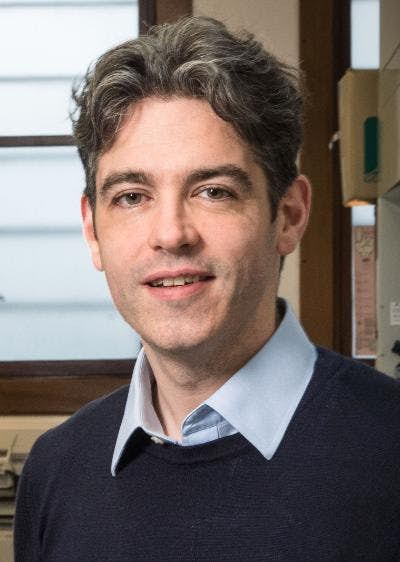
Privacy statement: Your privacy is very important to Us. Our company promises not to disclose your personal information to any external company with out your explicit permission.
According to foreign media reports, recently, chemists from the University of Glasgow have made a potentially revolutionary breakthrough that will likely enable future gas stations to supply electric vehicles and hydrogen fuel vehicles not only in the same place but also through the same pump service. This new battery system that uses nanomolecules suspended in a liquid not only allows the car to be fully charged in a few minutes, but also generates electricity or hydrogen according to demand.
For decades, engineers have been looking for alternatives to internal combustion engines, but they continue to encounter obstacles. Despite the shortcomings of automobiles and diesel, they are both ideal compact fuels with a very high energy-to-mass ratio. In addition, they are very easy to obtain and transport, and can fill the fuel tank of a car in a few minutes.
Although hydrogen fuel cell vehicles have many of the same advantages as gasoline-powered vehicles, their current supporting infrastructure is very scarce. At the same time, these vehicles are not as common as electric vehicles on the market, and the latter's charging speed is very slow It usually takes several hours to fill. Although these two vehicles will become more and more popular in the medium term, they will not be compatible in energy supply. Now, the new energy storage system of the University of Glasgow may change this situation.

The research team led by Leroy (Lee) Cronin, a chemistry professor at the University of Glasgow, came up with the idea of a flow battery. This battery allows two cans of different liquids to flow through the same film between the two poles, which allows ions to circulate through the two liquids and generate electrical energy.
The beauty of the flow battery is that it can work like a traditional battery or a fuel cell. In addition, it can be charged by removing the waste liquid and replacing it with a new liquid. Take the hybrid electric-hydrogen battery of the University of Glasgow as an example. The liquid used is a suspension of nanomolecules, each of which can act as a small battery. At a sufficient concentration, the research team claims that this liquid can store a large amount of energy and then release it in the form of electrical energy or hydrogen.
According to the researchers, this new battery can remove the old liquid and input the new liquid in a few seconds, which means that electric cars charged with this system can be refueled as fast as gasoline cars. The same pump can provide fuel for two different energy vehicles. In addition, the system can provide electricity and hydrogen fuel when great program flexibility is required.
It is reported that the research report has been published in "Nature Chemistry".
November 21, 2024
November 14, 2024
この仕入先にメール
November 21, 2024
November 14, 2024

Privacy statement: Your privacy is very important to Us. Our company promises not to disclose your personal information to any external company with out your explicit permission.

Fill in more information so that we can get in touch with you faster
Privacy statement: Your privacy is very important to Us. Our company promises not to disclose your personal information to any external company with out your explicit permission.